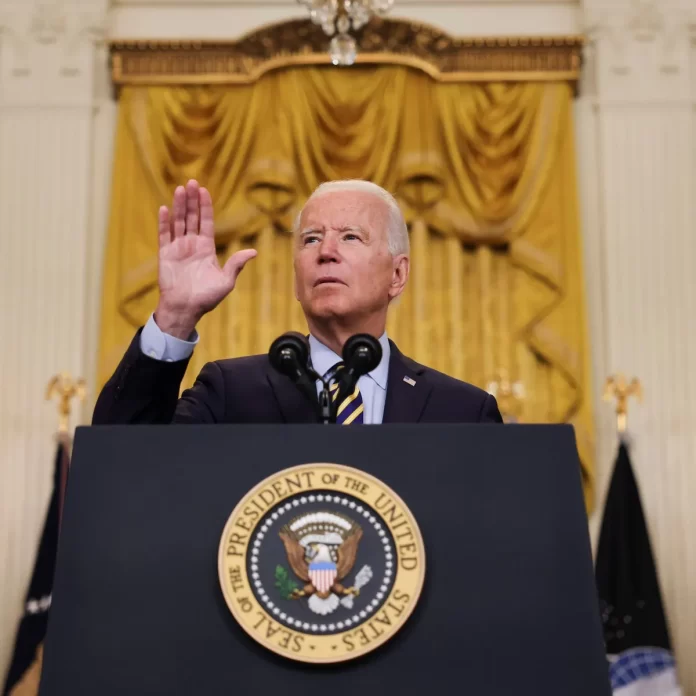The meteoric and disorderly withdrawal of U.S. and NATO troops from Afghanistan came as a shock not only to the Afghan public but the government too. The hazy vision and impracticality of the Ghani administration led the country towards a democratic and governance vacuum and ultimately provided an open ground for the Taliban to take over. But the U.S. also let down the Afghans and failed to deliver.
The 20-year-long war and the United States and NATO’s abrupt withdrawal of troops from Afghanistan as per the Doha Agreement left the country in turmoil that is still seething. The Taliban, even after more than a year of ruling since August 15, 2021, have pushed back most of the considerable progress the country had made over the last two decades. But that is not only what led to the chaos Afghanistan faces today. The havoc had been in the making since the beginning of the so-called ‘democratic period’ in the country, from Karzai to the Ghani government.
SIGAR has issued a comprehensive report on the causes of the collapse of the Afghan government, which include: the Afghan government’s failure to recognize that the United States would leave; the exclusion of the Afghan government from U.S. – Taliban talks; Ghani’s insistence upon integrating Taliban in the system that already existed and his stubbornness and inflexibility vis-a-vis power-sharing matters; his political and social isolation; and the Afghan government’s centralization, widespread corruption, and nepotism.
Though the aforementioned factors had more to do with the role of the former Afghan government, the US is to be blamed equally since it actively augmented these scenarios and supported the involved actors. Firstly, as per SIGAR findings, the United States attempted to establish gender-sensitive, accountable, democratic, and stable governing structures in Afghanistan but failed to do so. Unmistakable proof of this failure is the Taliban’s resounding political defeat of the Afghan government despite over $145.0 billion in U.S. appropriations, including more than $36.2 billion to assist governance and economic growth.
The U.S. endeavor to create effective governance institutions suffered from several serious flaws that led to its overall failure. Because tackling corruption required the participation of Afghan elites, whose power depended on the precise systems that anticorruption operations attempted to demolish, the United States was unable to fix the corruption issue. Furthermore, the United States failed to provide the Afghan government legitimacy through democratic elections, which were routinely tainted by fraud, or by social and economic development initiatives like the provision of healthcare and education services. For several reasons, including the fact that the Taliban themselves benefited from them, claimed credit for their successes, or both, the latter did not have the expected outcome of significantly raising support for the government. Additionally, the United States underappreciated the complexity of Afghanistan’s political economy and did not sufficiently monitor and analyze the results and implications of its efforts.
Before the fall of the Afghan government, at least some headway was achieved toward realizing American governance goals. For instance, the United States and its international allies undertook coordinated efforts to build the institutional and human resources of several Afghan government entities. Increased human capital and institutional capacity were brought about in both the public and private sectors as a result of the possibilities that were made accessible and the training and education that the US and its foreign partners provided. Despite its flaws, the capacity building did provide some outcomes.
However, there are still some functioning remnants of the Afghan government, though it is unclear how long they will last. For instance, the Afghan ministries of finance, health, and economy, as well as the nation’s central bank, have continued to carry out their fundamental duties despite the Taliban dissolving numerous former government ministries. Additionally, while placing many of their members in leadership roles, the Taliban has majorly maintained lower-ranking state workers in their posts.
But, the point to ponder over here is whether the Taliban would sustain and improve the existing mechanism that currently serves as pis aller. Besides, will the United States learn from its failures in Afghanistan? If so, what would be its alternate interactive policy vis-a-vis Taliban and Afghanistan?




